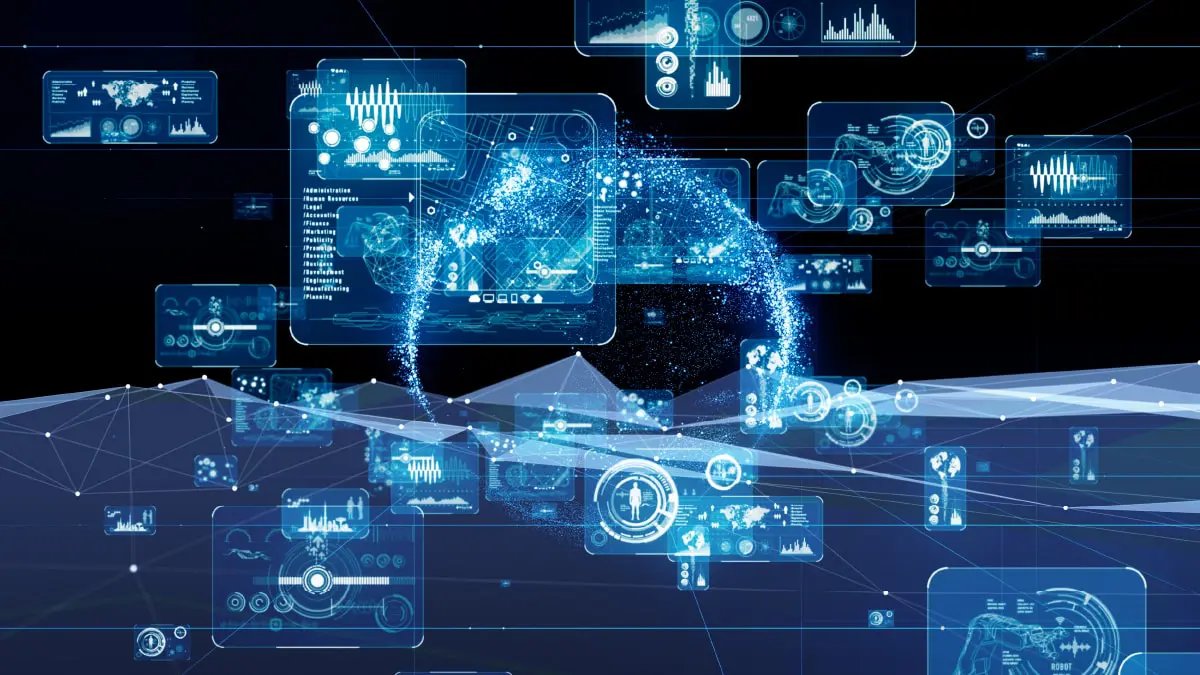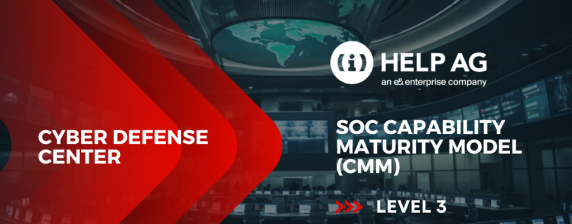Fortify Your First Line Of Defense

It reminds me of days when I was young, far away from the conception of cybersecurity, and used to receive arbitrary emails in my inbox saying, “You have won a lottery and click here to claim your amount”. Unintentionally, I had once clicked on the link and “BOOM!, my desktop machine was full of viruses, and guess what, the installed Antivirus software kept on driving the pop-ups till I had to format my machine.
When it comes to security, regardless of whether it’s public or cyber-oriented, the first line of defense is always human. For instance, a human error in firing a missile or a human error in clicking a legitimate-looking link in their email can lead to capsizing the entire security attack surface. The shift in combating security breaches from being reactive to real time approach is the new way where people are the attackers and defenders at the same time.
According to the IBM Cyber Security Intelligence Index report, “Human error was a major contributing cause in 95% of all breaches”. In the current digital disruption era, we need to move away from people being the weakest link to making them the first line of defense against any attack or breach by educating and empowering them.
Today, our work environment is hybrid and work from homes, hotels, and cafes undoubtedly increases the attack chances of bad actors knocking on your door to enter the enterprise perimeter. This in turn increases the need to move towards a security focused culture among the employees or partners. Most of the times, unaware of the consequences, a user becomes a victim of the most widely used cyber-attack technique called the phishing email. Two of the most common scenarios are:
First, the user is tricked to reveal sensitive data like username or password by directing to a malicious site designed to resemble a legitimate site which can be used to breach a system and account.
Second, the user unintentionally downloads the malware aimed to infect their machines.
In both situations, attackers always capitalize on creating a sense of chaos which creates devastating consequences such as significant downtime, impact on brand reputation, and financial loss.
Investing in technology is a highly focused pillar of security estate and one of the most important security layers is to protect against email threats. 90% of the attacks start with an email. With the increasing awareness about phishing kits, it has given a new scale to cyber threats wherein an attacker with minimal technical background can create and deploy phishing attacks, thus making email security more important than ever. Often organizations rely on the native security capabilities of their email platform, however it may not be enough to protect against sophisticated malware which are good at evading detection. At Help AG, our customers often request for email solutions for the C-Suite and want unrestricted access without compromising security where any link or attachment can be opened in an isolated environment.
Our biggest challenge is that emails are primarily used by end users to read, reply, download or upload attachments and click links. I would advise you to be mindful of the fact that no security platform is 100% secure, but it can still provide significant efficacy. While an email security platform can protect and block a large proportion of unwanted emails, some can still cross the defense, leading to human error opportunities. These slippages make people a critical aspect of an interdependent system of security controls.
Taking this and other challenges into consideration, we, at Help AG, brainstormed on how we can address these obstacles and move from technology-driven security to people-centric security. A dedicated industry-leading security control is required to protect against evasion tactics which make detection difficult. A user who can be a victim of impersonated domains, senders and websites, and social engineering tactics should be provided with an automated control which can provide sophisticated intelligent protection against security issues like malware, spam, advanced threats, and zero-day attacks.
The next step is to manage people risk by educating and spreading awareness in organizations about emerging cyber threats. According to SANS reports, an awareness program has a huge impact on developers, administrators, or executives. Help AG’s team of expert professionals helps in developing tailored-made awareness programs for organizations aligned with their security objectives. The objective of these is to help the employees understand and improve their cyber hygiene, reducing security risks associated with their actions. The awareness programs are aimed to engage and motivate users in the organization to determine their skills, learn to recognize an attack, enforce their skills, and learn in simulated environments. These enrich the structural foundation to build a behavioral model, identify gaps and transform into a people-focused security model. These programs should be viewed as a driver for the organization’s security roadmap, and not as a list of rules restricting business efficiency.
Another key step is, engaging with HR and IT departments to drive tailor made programs that comprise announcements or notifications to employees. Our experts help in defining the users who will be assessed, and segment employees based on their assignments. Thereafter, our experts also outline how the assessment will be delivered and define follow-up campaigns.
In summary, thanks to all these efforts, people are empowered to be the cyber shield. I always believe in “Think before you click!” Take your time to evaluate each email you receive before clicking on links, downloading attachments, or responding to it in any way. For example, ask yourself ‘Is the sender or recipient mail address known or valid?’. One of the most reported instances is “Have you received an email about a purchase that you did not do?” If you are unsure or being scammed or hacked, who should you report to? In a situation like this, it is truly better to be safe than sorry. People can protect corporate assets and avoid catastrophic cyber incidents, by being cautious.
When you are ready to learn these tactics to upskill your users and strengthen the security culture within the organization we have a team of experts and the right solutions to do a paradigm shift in the attitude of your employees towards security while promoting a significant cultural and behavioral change.





